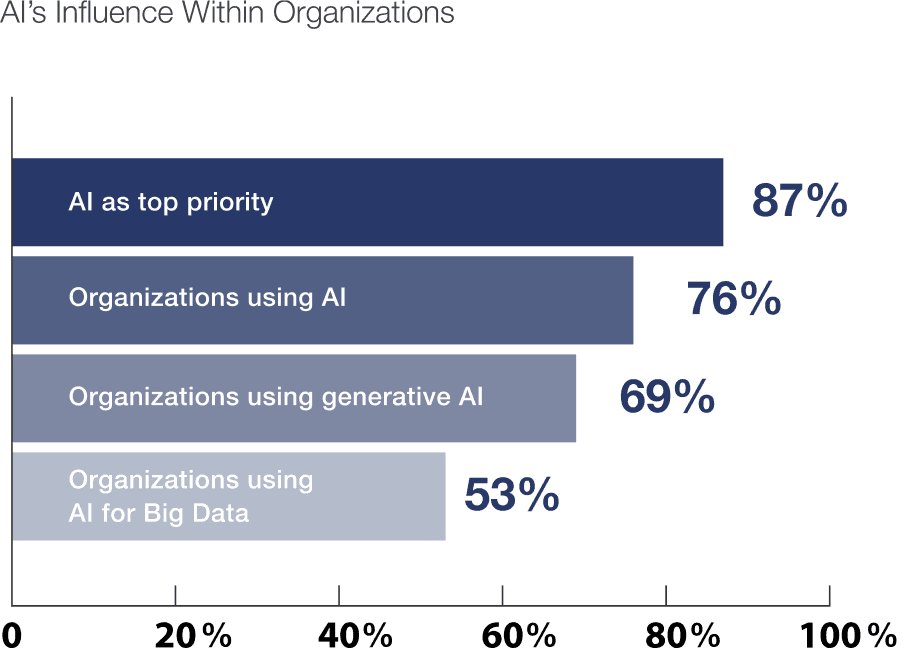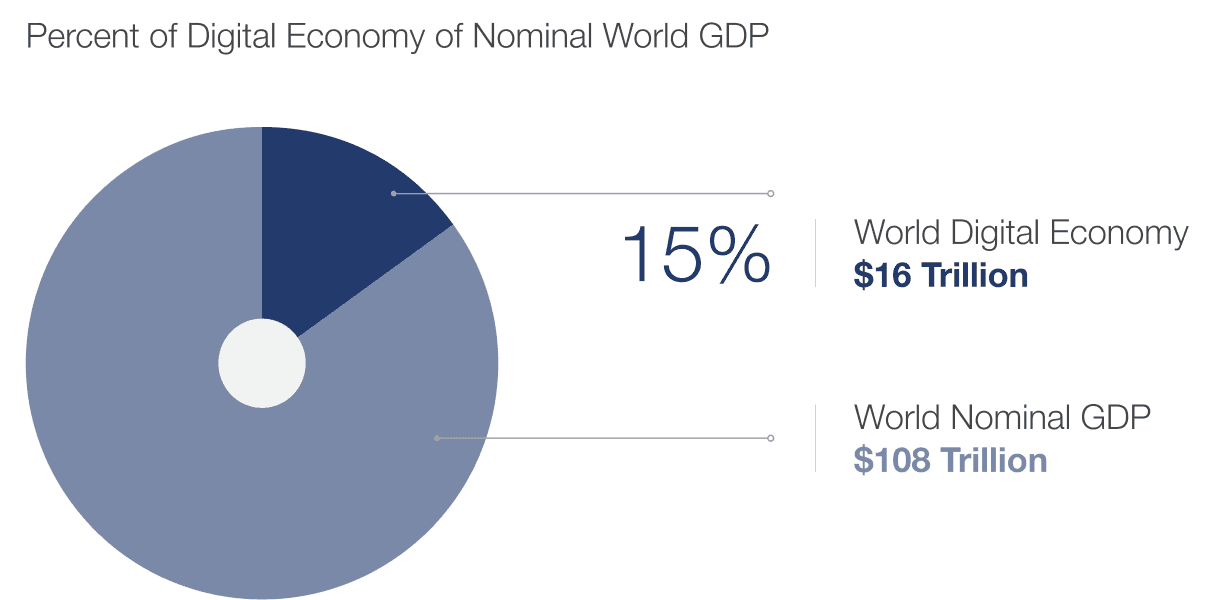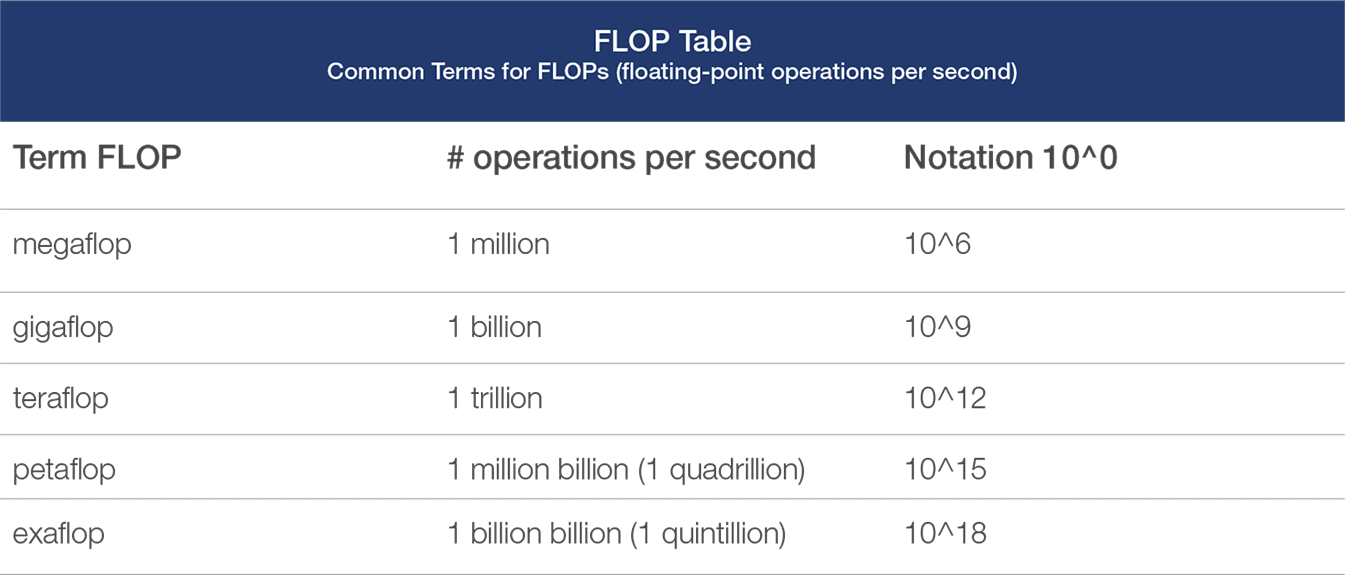
Global Artificial Intelligence Report (2025)
AI is now a top business priority and widely seen as the key driver of Digital Economies.
By Loading
.2e81242a.png&w=256&q=75)
Download the report: Global Artificial Intelligence Report (2025)
Executive Summary
AI's prominence became well-established in the world's tech industry in 2024 and has already continued with the same trajectory in 2025. According to IDCA's comprehensive Q1 2025 industry survey, research shows that 87 percent of companies identify AI as a top priority in their business plans, 76 percent of organizations now use AI, 69 percent of organizations use generative AI in at least one business function, and 53 percent use AI to harness Big Data effectively.
Furthermore, IDCA polls and surveys among industry professionals and global leaders show that 72 percent of respondents named AI the leading "game changer" in building Digital Economies today.

Artificial Intelligence (AI) in all forms is increasingly driving the development of the Digital Economy, which now encompasses about $16 trillion of global GDP in nominal terms, according to IDCA’s Digital Economy Report 2025. Growth projections for specific revenue for AI companies and initiatives cover a wide range, but several scenarios point to a global market of $1 trillion or more by 2030. Syncing these projections shows that AI is creating at least a 10-to-1 leverage of its use in developing the global digital economy.
AI has become an innovation engine, reshaping industries and redefining economic possibilities. From revolutionizing healthcare diagnostics to automating complex manufacturing workflows, AI is accelerating productivity across the board.

AI’s convergence with the Internet of Things (IoT), blockchain, and quantum computing fosters robust ecosystems that enable breakthroughs across industries. Companies must adopt AI technologies and position themselves as innovators within this transformative ecosystem. The integration of AI at scale has become a prerequisite for sustaining competitive advantage.
AI’s development is progressing into Agentic AI platforms and services, which act as agents for users in various specific tasks. The search for an Artificial General Intelligence (AGI) continues as well. Beyond those frontiers lies the world of quantum computing and AI, which is projected to gain commercial traction within a decade.
There are ethical concerns about AI’s development and use, as well as concerns about energy use and emissions levels. The energy use concerns are challenges in providing enough power, nation-by-nation, to meet anticipated demands and sustainably use that power.

Insight
The ability to build data centers is of similar scope to the task of developing and using AI models and finding the electricity to power those data centers. These concerns top the lists of businesses and governments that wish to proceed with AI-driven plans.
Concerns about engineering and operating AI data centers can be abstracted to provide a clear understanding of the general situation. This abstraction compares processing power (measured in floating-point operations per second, or “flops”), power consumption (measured in megawatts), and cost.
Using flops to measure processing power is a venerable tradition that is effective today in gauging the raw power requirements of AI and other general data center functions. The most relevant scale in this analysis involves gigaflops (one billion flops), teraflops (one trillion flops), petaflops (one quadrillion flops), and exaflops (one quintillion flops, or one million teraflops). An exaflop can also be expressed as 10^18 flops.
Traditional chores processed by data centers involve gigaflops and teraflops. Credit-card transactions, for example, require 10 gigaflops per second of processing power worldwide during peak periods. Streaming video is more demanding, requiring about 100 gigaflops per one million streams. (Bandwidth is the larger issue with streaming, with 15-25 megabits per second (Mbps) required per user. The world average sits at about 21 Mbps at the moment. More than 100 nations fall below that average, with 60 nations providing 20 percent or less of the average.)

Distribution across data centers (to reduce single-point-of-failure risk), high levels of redundancy, and application support can increase these requirements by a magnitude. Still, traditional cloud services are generally one of gigaflops and teraflops.
AI presents a dramatically new and demanding scenario. To serve the world’s increasing demand for it, AI inference (using ChatGPT) requires petaflops of processing power, and AI development (i.e., model training) requires exaflops—millions of teraflops.
Recent IDCA analysis shows the computational demands are increasing exponentially, with the latest multimodal models requiring 2-3 times more processing power for training and inference than single-modality models of similar size.
Trending Insights
IDCA News